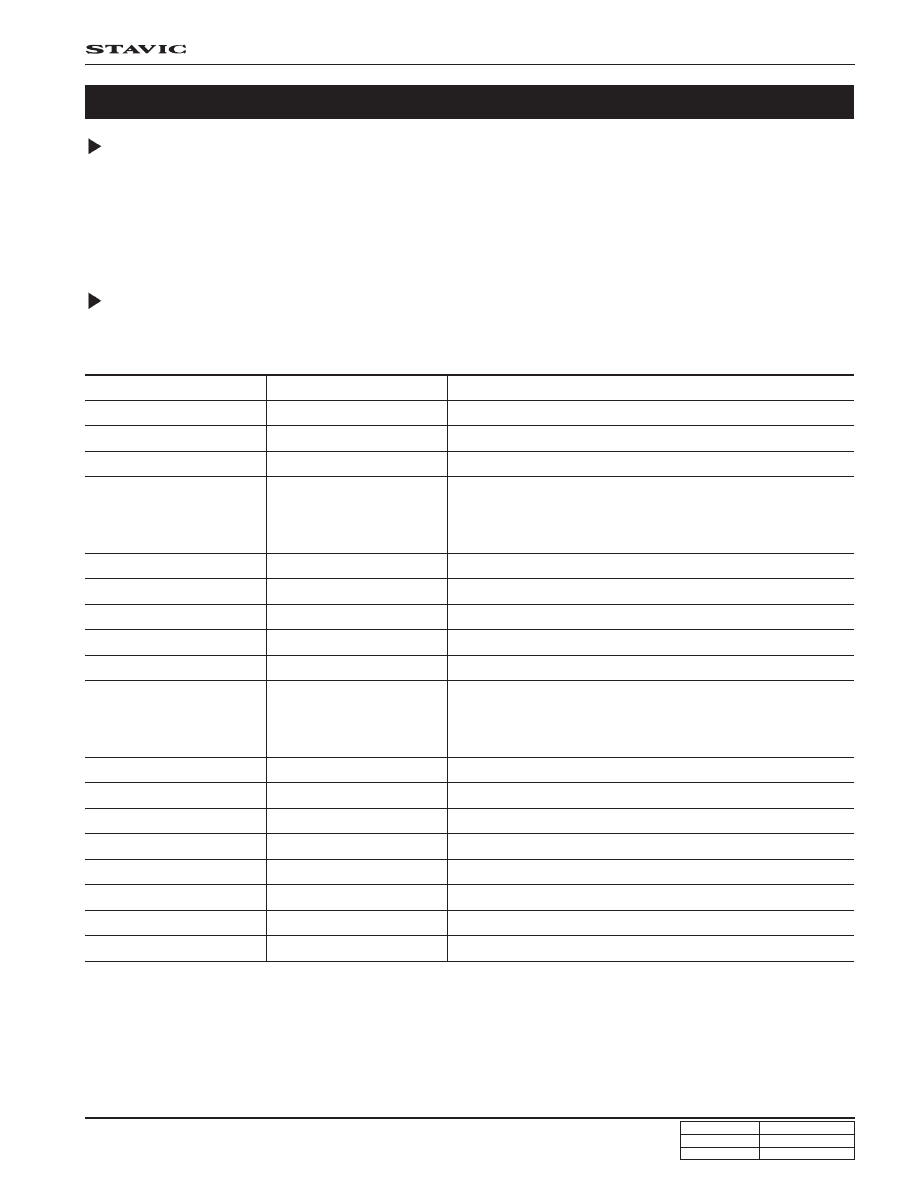SsangYong Stavic / SsangYong Rodius (2005 year). Manual - part 353

CHANGED BY
EFFECTIVE DATE
AFFECTED VIN
19
TOD
STAVIC - 2004.09
4D
4H/4L Switch Input
4H
4H
4H
4H
4H
4H
4H
4H
4H
4L
4L
4L
4L
4L
4L
4L
4L
4L
Motor Position
Left stop
Left top
Top
Right top
Zone 1
Neutral
Zone 2
Bottom
Right stop
Left stop
Left top
Top
Right top
Zone 1
Neutral
Zone 2
Bottom
Right stop
Operation
Does not operate, 4L lamp off
Does not operate, 4L lamp off
Does not operate, 4L lamp off
- 4L lamp flickers
- Tries shifting to 4H if shifting conditions are satisfied.
- After shifting to 4H the flickering of 4L lamp stops.
Same as above
Same as above
Same as above
Same as above
Same as above
- 4L lamp flicker
- Tries shifting to 4L if shifting conditions are satisfied.
- After shifting to 4L the 4L lamp lights on.
Same as above
Same as above
Same as above
Same as above
Same as above
Same as above
Does not operate, 4L lamp lights on
Does not operate, 4L lamp lights on
TCCU Initialization
• TCCU sends relevant data to meter cluster via CAN to diagnose and check the indicators when the ignition switch is
turned to ON. At this time, the 4WD indicators (4WD LOW, 4WD HIGH, 4WD CHECK) comes on for 0.6 seconds.
• If the selector switch position and the shift motor position code does not match when the IG power is turned ON, the
shift is controlled to move in the direction of the selector switch position
Interpretation of Position Sensor
- When the 4H/4L switch is operated and the position sensor recognizes the shift motor position while the system is
energized, the system operates as follows:
SYSTEM OPERATION